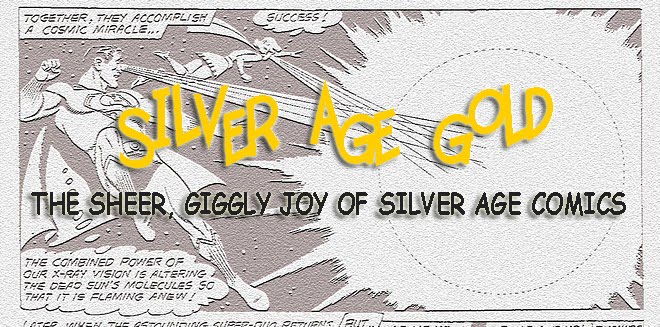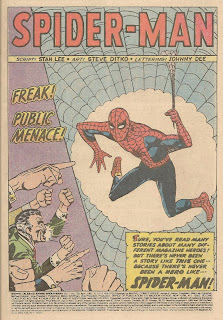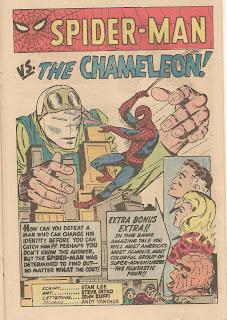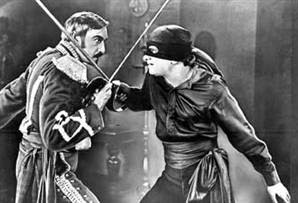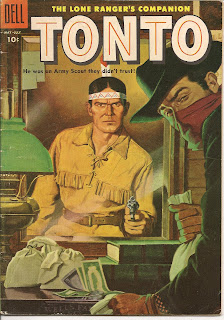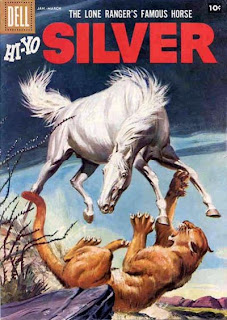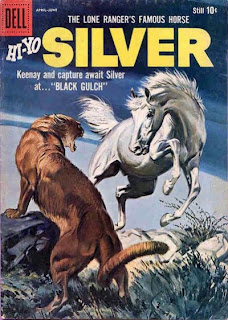
Sometimes, you love a superhero and can't really put your finger on why.
I first discovered Captain America in a very roundabout way. I was probably 6 or so, and I had been given a Mego Batman and Robin for Christmas.

Other figures soon followed; Spider-Man, Superman, Shazam, Mxyzptlk... I asked my mom and dad what other superheroes there were. I was only 6 and all I really knew were the Superfriends, Spidey, the Hulk and Shazam (My dad told me his name was Captain Marvel, but I didn't believe him. I argued with my dad about this all the time.) . One of them mentioned Captain America. "Captain America, who's he?" I asked. Dad said he was a superhero who wore red, white and blue. I set about pretending my Evel Knievel was Cap.
Some time later, I got a Captain America Mego from Sears.

Having never read a Captain America comic book, I knew nothing about him. Just that he was super and liked America. It was 1976, so EVERYONE seemed to like America. I watched the two Reb Brown made-for-TV Cap movies... I thought his outfit and the clear shield were weird. And I HATED his motorcycle helmet.

I picked up a comic somewhere with Cap and the Falcon. Cap didn't seem to be very heroic to me in it. I found a book on Cap at the Library and for the first time understood who he was. He was a soldier. HE fought the Nazis (I knew who they were. they were the bad, grey army men).
As time went on, Cap came to and went from my mind. When I was a regular Marvel reader in the 80's. I didn;t even buy his comic. I had a few here and there, but he never seemed to be... relevant.
And I guess that's the problem with Cap. He's a symbol. In order to really be successful as a hero, his mission has to be one of relevance to a hero who represents all that is best about America. And, sadly, it hasn't happened often enough in Cap's 68 year history.
In the 1940's he was right there, punching Hitler in the face. We weren't at war with Germany yet, but we knew a bully when we saw one. Cap continued to symbolize the American fighting spirit. When we didn't need him anymore, we put him away.

In the 50's Cap resurfaced. This time as a sort of McCarthyist stooge who was almost unrecognizable as the defender of Liberty. Instead of being a symbol of strength and hope, Cap mirrored the fear that gripped our nation.
In the 60's he came back for good. But he was sad that he didn't fit in. A man out of time, Cap seemed to have aged prematurely in spirit, if not in body.
By the 1970's, like America itself, Cap was trying to find out who he was, what his role was. It was a weird, selfish period for the Captain, just like the country he symbolized. Art imitated art, as the Captain America in the comics became sort of like the Captain America of the movie "Easy Rider" a drifter on a motorbike, looking for the "real"America.

In the 80's, Cap was just another costumed hero. Period.
In the 90's Cap was replaced by the government in favor of a more right-wing version who would follow orders, hinting at our fears that the people in authority are not always acting in our best interests. But the original kept going, without government sponsorship, eventually taking back his mantle.
So, I guess what I'm saying is I like the IDEA of Captain America. Maybe we see in him what we want to see, what we want America to be like.
I'm going to confess something: On September 11,2001, as I left work early to go home and watch the news unfold, as I felt reality slipping away from me into a million possible futures I could not fathom, a single thought went through my mind, unbidden-
"Where was Captain America when this happened?" . I told my friend, Rob what went through my head as we walked in a daze to the parking lot of our office. "Yeah", he said. "I was kinda thinking the same thing."

